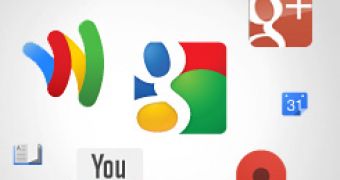Google is very open about some things, and it sure likes to brag about it, but very closed about others. For example, up until a couple of years ago, the company didn't say almost anything about its data centers and the hardware it uses. Likewise, its cloud infrastructure is a closely guarded secret.
Still, you'd imagine that, when it comes to the software and hardware employees use, Google would be a bit more flexible than your average corporation.
But that's only partially true. Like in most other companies, there are plenty of apps and services that are strictly forbidden on company phones or computers. Employees also can't take their own computers to work, everything is provided by Google.
Among the services that are forbidden is Dropbox and pretty much all cloud storage products. Windows is also used only if employees can prove they need it for their work, otherwise they get to choose between Mac OS X and Linux. Google builds its own Linux version, of course. More recently, Chrome OS devices have also been thrown into the mix.
AllThingsD had a look at Google's corporate inner workings and it details some of the tools that are prohibited, but also some of the internal tools that Google has come up with.
A big example of that is Google's videoconferencing tool, GVC, which was put together in 2009 to replace the various systems the company was using back then. The technology proved incredibly popular, and there are more than 7,000 GVC endpoints in use at Google at this point.
On a busy day, the system is used for 25,000 meetings with some 80,000 employees. That's almost twice as many employees as Google has in total, including all the Motorola people.
In fact, the technology was the basis for Google Hangouts, which is one of Google+'s biggest selling points, even now, two years after launch. This isn't the first example of a technology Google created for internal use and then made available to the world.

 14 DAY TRIAL //
14 DAY TRIAL //